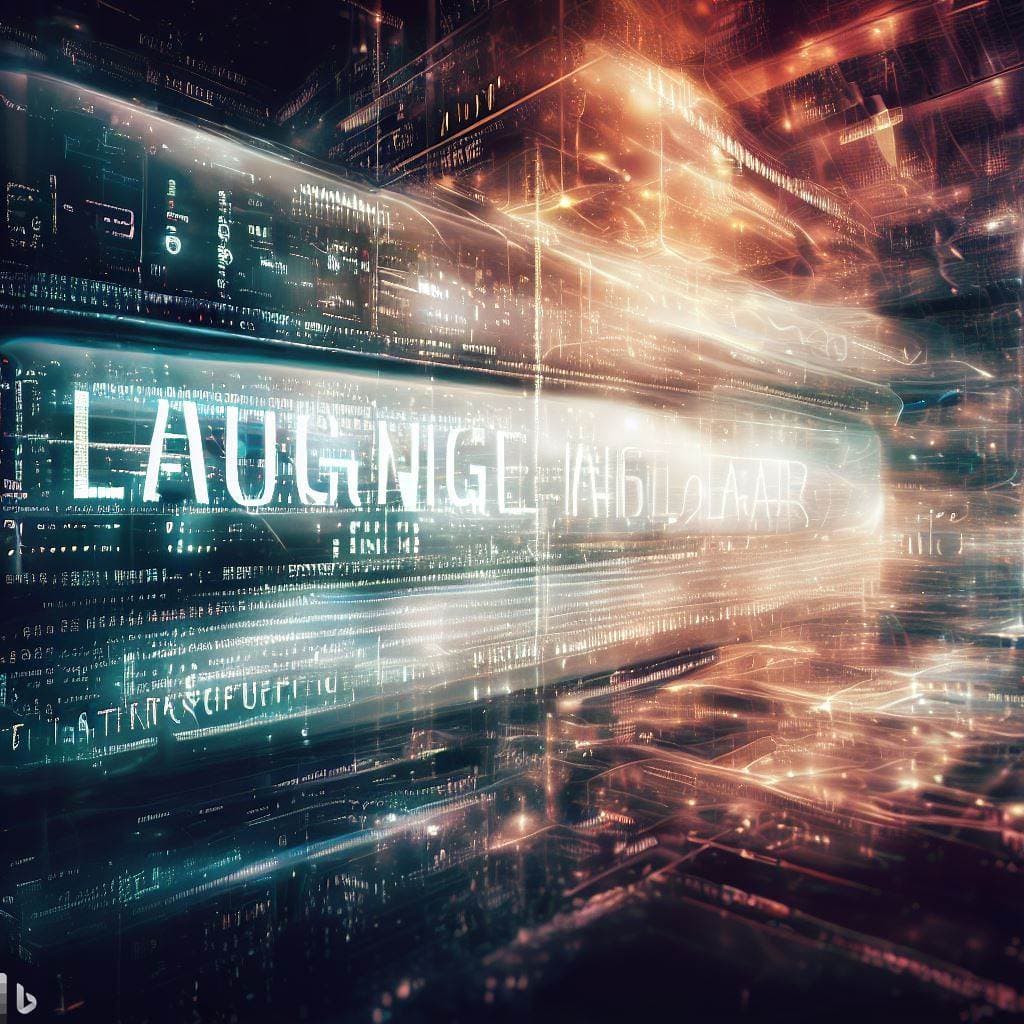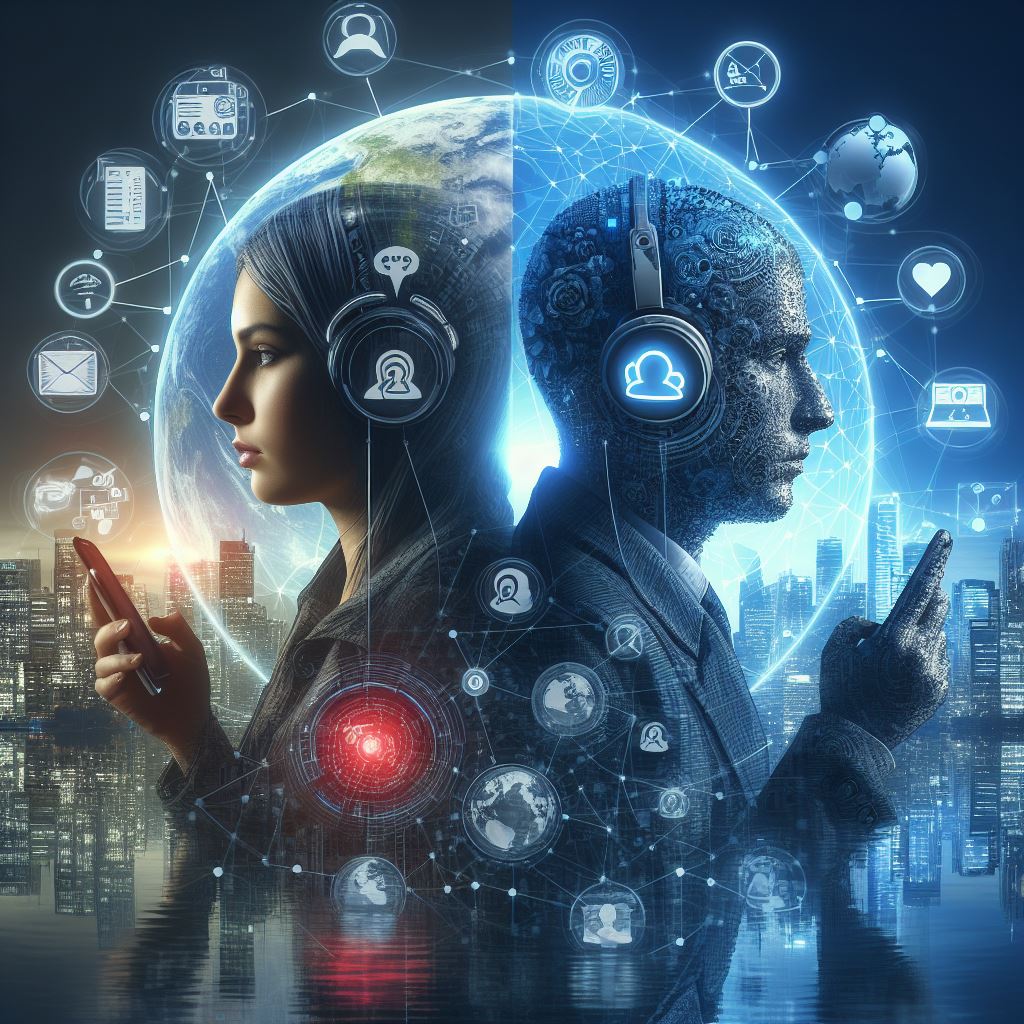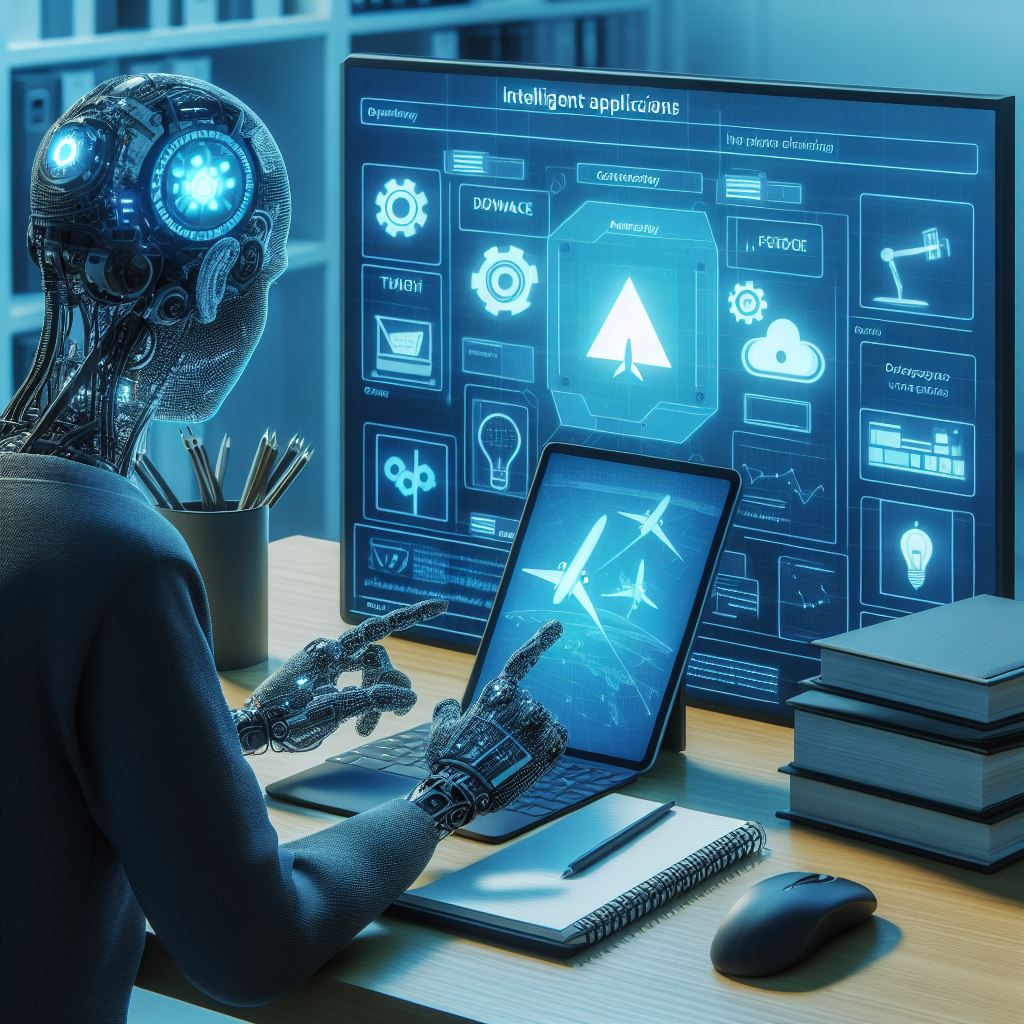AI-Generated post 8 min to read
Exploring the Depths of Large Language Models and Fine-Tuning Techniques
Elevate Every Experience through Intelligent Content Generation.

Introduction
In the digital age, the power of Large Language Models (LLMs) like Anthropic’s Claude or Meta’s LLaMA2 is undeniable. These models have showcased their prowess in a myriad of natural language tasks. However, their generic nature often requires additional fine-tuning to cater to domain-specific tasks. This article delves deep into the intricacies of LLMs, zero-shot and few-shot learning, and advanced fine-tuning techniques like RAG and ReAct.
Large Language Models (LLMs)
LLMs, such as Meta’s LLaMA2, are pre-trained models with billions of parameters, optimized for a wide range of natural language tasks. Their vast knowledge base is derived from extensive training data, but they often lack recent information or domain-specific expertise. To make them more adaptable, there’s a need to infuse them with explicit knowledge tailored to specific tasks.
Zero-shot and Few-shot Learning
-
Zero-shot Learning: This approach involves training a model in such a way that it can perform tasks it has never seen before. For LLMs, this often means using prompt engineering to guide the model to generate desired outputs without any prior examples of that specific task.
-
Few-shot Learning: Here, the model is provided with a handful of examples to learn a new task. By showing the model a few instances of a specific task, it can generalize and perform similar tasks even if they slightly differ from the examples.
Retrieval-Augmented Generation (RAG)
RAG is a technique that combines the power of large-scale retrieval with sequence-to-sequence models. Instead of solely relying on the model’s internal knowledge, RAG allows the model to pull information from external databases or knowledge bases dynamically. This fusion of retrieved external knowledge with the model’s inherent understanding enables more informed and accurate responses.
Retrieval Augmented Generation (RAG) is a method that combines the power of large pre-trained language models, like those in the GPT (Generative Pre-trained Transformer) series, with external retrieval or search mechanisms. The idea is to enhance the capabilities of the language model by allowing it to pull in relevant information from a vast external corpus during the generation process.
Here’s a breakdown of how RAG works:
-
Retrieval Phase: When given a query or prompt, the model first retrieves relevant documents or passages from an external dataset. This retrieval is typically done using a dense vector search, where both the query and the documents are embedded into a high-dimensional space, and the closest embeddings are retrieved.
-
Generation Phase: Once the relevant documents or passages are retrieved, they are provided as context to the language model, which then generates a response based on both the original query and the retrieved information.
-
Training: RAG is trained end-to-end, meaning that both the retrieval and generation components are trained together to produce the best possible output. The model learns to retrieve the most relevant documents and to generate accurate and coherent responses based on those documents.
The advantage of RAG is that it allows the model to pull in specific information from a vast external dataset, which can be especially useful for tasks that require detailed or up-to-date knowledge that might not be present in the pre-trained model’s original training data. This approach combines the benefits of both retrieval-based and generation-based methods, aiming to provide more accurate and detailed responses to user queries.
Read more on RAG
- Evaluation framework for your Retrieval Augmented Generation (RAG) pipelines
- Knowledge Retrieval Architecture for LLMs
- Question answering using Retrieval Augmented Generation with foundation models in Amazon SageMaker JumpStart
- Concept Retrieval Augmented Generation using Azure ML
ReAct
ReAct is a novel approach that facilitates rapid adaptation of deep models without the need for extensive retraining. It employs conditional computation, allowing the model to adapt to new tasks by activating specific parts of its architecture conditioned on the input. This ensures that the model remains efficient and agile, ready to tackle new challenges without a complete overhaul.
ReAct, short for “Reasoning and Acting”, is an approach that aims to combine the capabilities of language models in reasoning (like chain-of-thought prompting) and acting (such as WebGPT, SayCan, ACT-1). Traditionally, these two directions have been treated separately. ReAct envisions a synergy between reasoning and acting, where reasoning traces assist the model in inducing, tracking, and updating action plans, as well as handling exceptions. Conversely, actions enable the model to interface with external sources, like knowledge bases or environments, to gather more information.
Read ReAct: Synergizing Reasoning and Acting in Language Models
Key Insights:
- Large Language Models (LLMs) have shown prowess in both language understanding and interactive decision-making. However, their abilities for reasoning and acting have been studied as distinct topics.
- ReAct explores the use of LLMs to generate both reasoning traces and task-specific actions in an interleaved manner.
- The approach allows for a more harmonious relationship between reasoning and acting. Reasoning traces guide the model in action planning and exception handling, while actions let the model interact with external sources for more data.
- ReAct has been applied to a diverse set of language and decision-making tasks, showcasing its superiority over state-of-the-art baselines. It also offers improved human interpretability and trustworthiness compared to methods that lack reasoning or acting components.
- On tasks like question answering (HotpotQA) and fact verification (Fever), ReAct addresses issues like hallucination and error propagation by interacting with a simple Wikipedia API. It produces human-like task-solving trajectories that are more interpretable than baselines without reasoning traces.
- For decision-making tasks, ReAct outperforms other methods, even when prompted with minimal in-context examples.
In essence, ReAct represents a paradigm shift in the way we think about LLMs, emphasizing the importance of a balanced interplay between reasoning and acting to achieve optimal results.
Fine-tuning LLaMA2 with qLoRA
The article highlights the process of fine-tuning the LLaMA2 model using the qLoRA (Quantized Low-Rank Adaptation) approach on Amazon SageMaker. This method focuses on updating only a subset of the model’s parameters, ensuring a lightweight adaptation process. By introducing trainable rank decomposition matrices into the Transformer architecture, qLoRA significantly reduces the number of trainable parameters, making the fine-tuning process more efficient.
Conclusion
The realm of Large Language Models is vast and ever-evolving. Techniques like zero-shot and few-shot learning, RAG, and ReAct are pushing the boundaries of what these models can achieve. By understanding and leveraging these advanced techniques, we can harness the full potential of LLMs, making them more adaptable, efficient, and tailored to specific needs.
Recommended read:the full article @ Towards Data Science
The rapid advancements in Large Language Models (LLMs) are poised to bring transformative changes to the landscape of Natural Language Processing (NLP) in the next decade. Here’s a speculative look at some potential shifts and developments:
-
Ubiquity of LLMs: As LLMs become more efficient and accessible, they will likely be integrated into a wide range of applications, from everyday software tools to specialized industry applications, making NLP capabilities ubiquitous.
-
Improved Generalization: Future LLMs will be better at generalizing from limited data, reducing the need for extensive datasets. This means that even niche applications with limited data can benefit from advanced NLP capabilities.
-
Multimodal Integration: LLMs will evolve to handle multiple modalities, integrating text, image, video, and audio data. This will lead to more holistic models capable of understanding and generating content across different mediums.
-
Ethical and Responsible AI: As LLMs become more influential, there will be a heightened focus on their ethical implications. Efforts will be directed towards making these models more transparent, interpretable, and free from biases.
-
Customizable LLMs: Organizations and individuals will be able to fine-tune pre-trained LLMs for specific tasks or domains with ease, leading to a proliferation of custom models tailored for specific needs.
-
Reduced Computational Costs: Research will focus on making LLMs more efficient, reducing their computational requirements. This will make advanced NLP capabilities available even on low-resource devices.
-
Interactive and Collaborative AI: LLMs will become more interactive, capable of collaborating with humans in real-time on tasks such as co-writing, design, programming, and more.
-
Enhanced Creativity: LLMs will be used as creative tools in fields like literature, music, and art, aiding creators in generating novel content and ideas.
-
Real-time Translation and Localization: Advanced LLMs will offer near-perfect real-time translation, breaking down language barriers and making global communication seamless.
-
Better Handling of Ambiguity: Future models will be better equipped to handle ambiguous queries, context shifts, and nuanced language, leading to more accurate and context-aware responses.
-
Safety and Regulation: As LLMs become integral to many systems, there will be increased scrutiny and potential regulation to ensure their safe and responsible use.
-
Shift in Job Landscape: While LLMs will automate certain tasks, they will also create new opportunities. There will be a demand for experts who can train, fine-tune, and manage these models, as well as professionals who can integrate NLP capabilities into various applications.
In summary, the next decade in NLP, driven by advancements in LLMs, promises a future where language models are deeply integrated into our technological landscape, reshaping how we interact with machines and enhancing our capabilities in myriad ways.
If you are interested in Citizen Development, refer to this book outline here on Empower Innovation: A Guide to Citizen Development in Microsoft 365
| Now, available on | ||||
|---|---|---|---|---|
|
|
||||

|
||||
|
|
|
|
|
|
If you wish to delve into GenAI, read Enter the world of Generative AI
Also, you can look at this blog post series from various sources.
Stay tuned! on Generative AI Blog Series
We are advocating citizen development everywhere and empowering business users (budding citizen developers) to build their own solutions without software development experience, dogfooding cutting-edge technology, experimenting, crawling, falling, failing, restarting, learning, mastering, sharing, and becoming self-sufficient.
Please feel free to Book Time @ topmate! with our experts to get help with your Citizen Development adoption.
Certain part of this post was generated through web-scraping techniques using tools like Scrapy and Beautiful Soup. The content was then processed, summarized, and enhanced using the OpenAI API and WebPilot tool. We ensure that all content undergoes a thorough review for accuracy and correctness before publication



Comments